Hello, everyone I am Chifumi Maeda,
a Japanese female president living in Bangkok.
Thank you, guys, for visiting this
“True comments from Japanese female presidents living in Thailand” blog
Today I would like to introduce you to
“Tempura to Kamameshi Obara” located on Sukhumvit Soi69.
“Tempura to Kamameshi Obara” is the name of the restaurant,
but it means Tempura and Kamameshi by Obara.
My husband is from Osaka and he really wanted to try Kansai-style tempura.

I want to eat Kansai style Tempura!!
I didn’t know there were “Kansai-style” and “Kanto-style” tempura,
and to tell you the truth,
I don’t know much about tempura because I have no feelings about it.
My husband’s family was a restaurant,
and his father was a cook, so tempura is a taste that has strong memories for him.
Then a friend told me that



“Tempura to Kamameshi Obara” are Kansai-style.
so we went there as a couple.
Kanto vs. Kansai Tempura: What Sets Them Apart?
First, let me briefly explain how areas in Japan are referred to.
Kanto is the area around Tokyo, and Kansai is the area around Osaka and Kyoto.
The food is very different, with different dashi, soy sauces, and cooking methods.
Tempura is prepared in different ways depending on the restaurant and the artisan,
but according to our research, the following characteristics can be found.
Key Features of Kanto-Style Tempura
In Kanto style tempura, the batter is relatively thick and firm.
Tempura flour is usually mixed with an egg,
which helps the batter hold together and adhere well to the ingredients.
Kanto style tempura oil is often made from sesame oil
or a blend of sesame and rapeseed oil.
This gives it a unique aroma and flavor.
Seafood is often used.
It is usually eaten with Ten-Tsuyu Soup (made from soup stock, soy sauce and sugar).
Essentials of Kansai-Style Tempura
Kansai-style tempura batter is thin and crispy.
Eggs are generally not used, which enhances the flavor of the ingredients.
Rapeseed oil is mainly used.
It has a moderate taste and enhances the natural flavor of the ingredients.
Many vegetables and wild plants are used.
It is often eaten simply with salt and lemon.
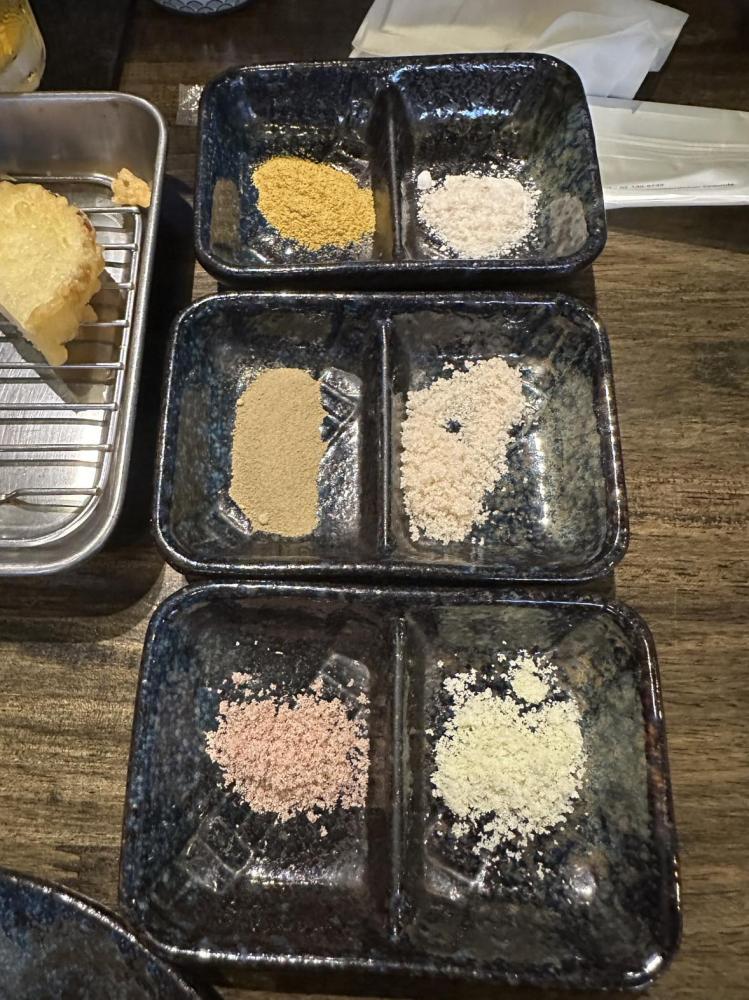

These are the main differences between Kanto and Kansai-style tempura.
After trying Kansai-style tempura this time,
I found Kansai-style to be more palatable to my taste buds because it is a light fried food.
I would like to try tempura while enjoying the characteristics of each.
How to Reserve a Table at Tempura to Kamameshi Obara: Inside Look
Step-by-Step Reservation Guide for Tempura to Kamameshi Obara
Reservations can be made using any of the methods listed below.
I made my reservation on LINE.
Same day reservations are available.
I also told the restaurant that my husband wanted Kansai-style tempura,
and they adjusted various ingredients, etc.
Ambiance of Tempura to Kamameshi Obara: A Visual Tour
When you enter the restaurant, you feel like you are in Japan.
There is a counter with about 8 seats around the cooking area.
On the second floor there are tables that can seat about 30 people.
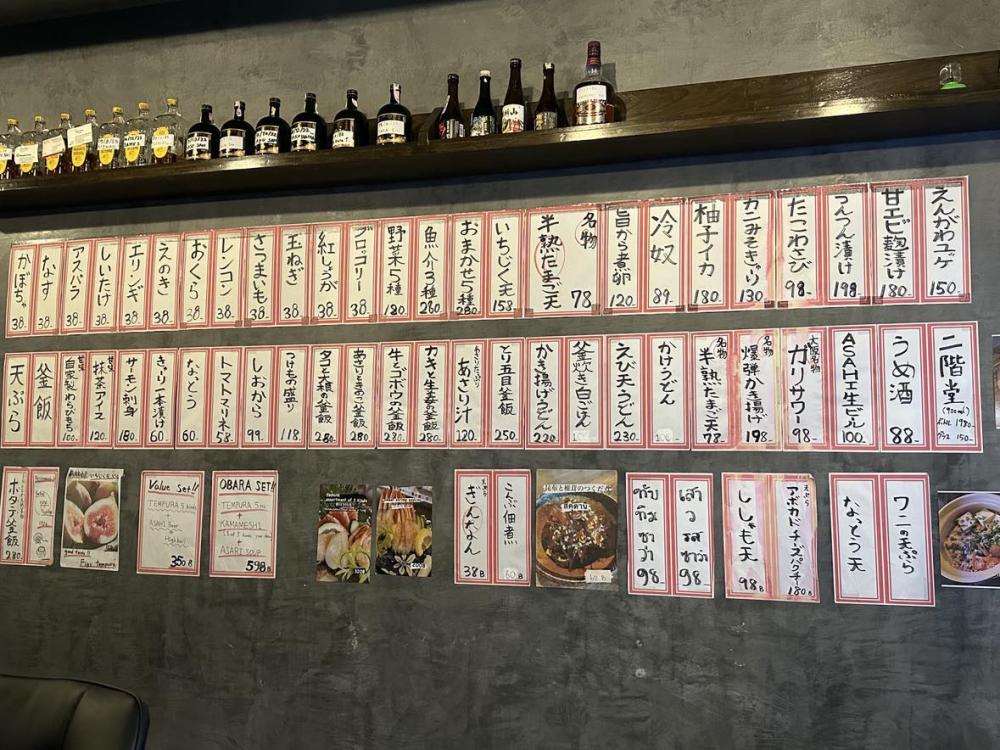

If you have a small group, I recommend the counter seating.
You can enjoy a casual meal in an atmosphere similar to a Japanese Izakaya.
Unbiased Review & Ratings of Tempura to Kamameshi Obara
Must-Try Dishes at Tempura to Kamameshi Obara
The name of the restaurant says “Tempura” and “Kamameshi,”
indicating that these are the two main items at the restaurant.
There are five kinds of Kamameshi, and it takes 30 minutes to cook from raw rice.
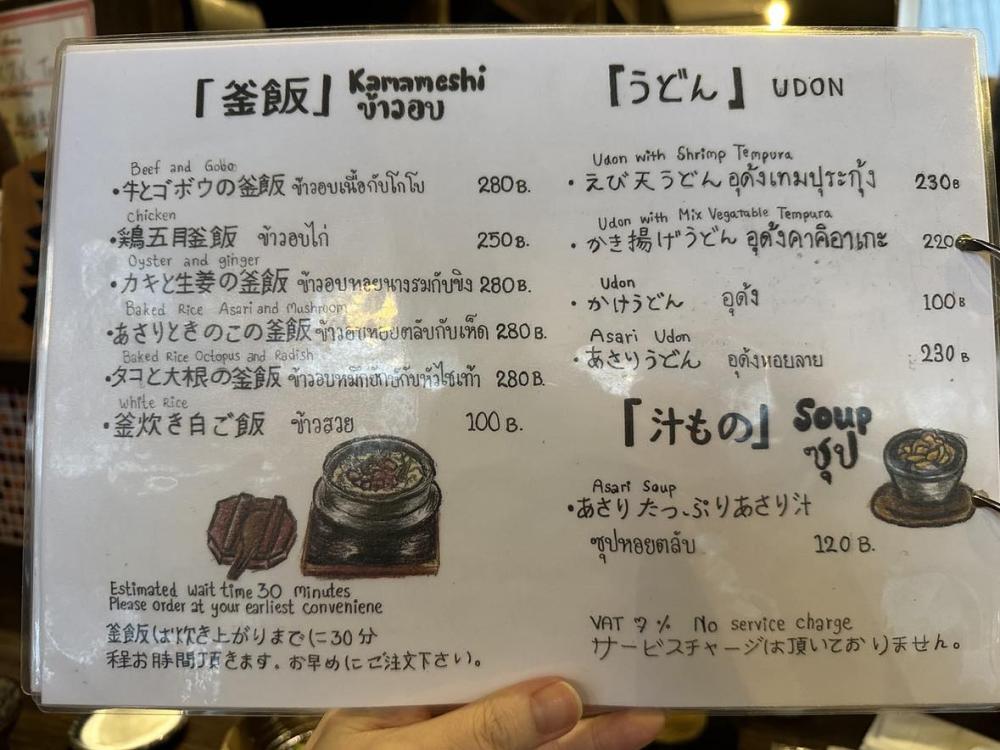

What is Kamameshi?
Kamameshi is a traditional Japanese dish that literally translates to ‘rice cooked in a pot’.
This dish is prepared in a special iron or clay pot called a Kama.
The basic ingredients include white rice, fish, meat, vegetables,
and various condiments such as soy sauce, mirin, and dashi.
Not only kamameshi, but also udon noodle is available.
Chef Obara recommended kamameshi again that day,
but I really just wanted to enjoy the tempura, so I did not order it this time.
Tempura is available in a variety of Obara specialties,
meats, seafood, vegetables, and assorted dishes.
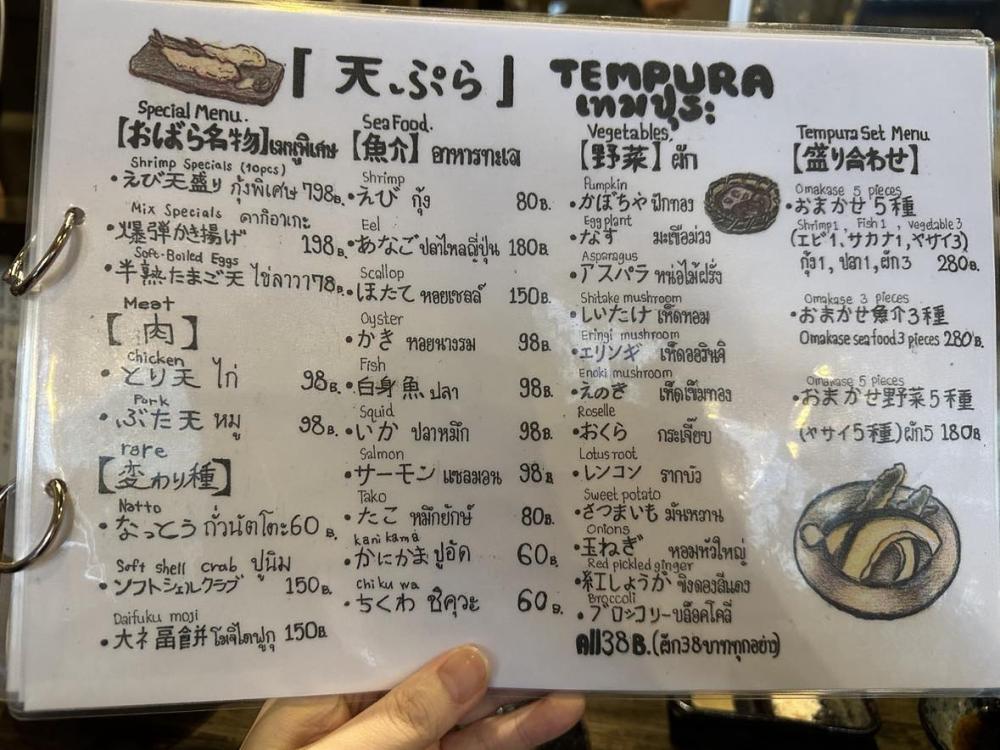

They also recommend ingredients that are not on the menu
but are available that day, depending on what is available that day.
The day we visited, they had “braised chicken livers”.
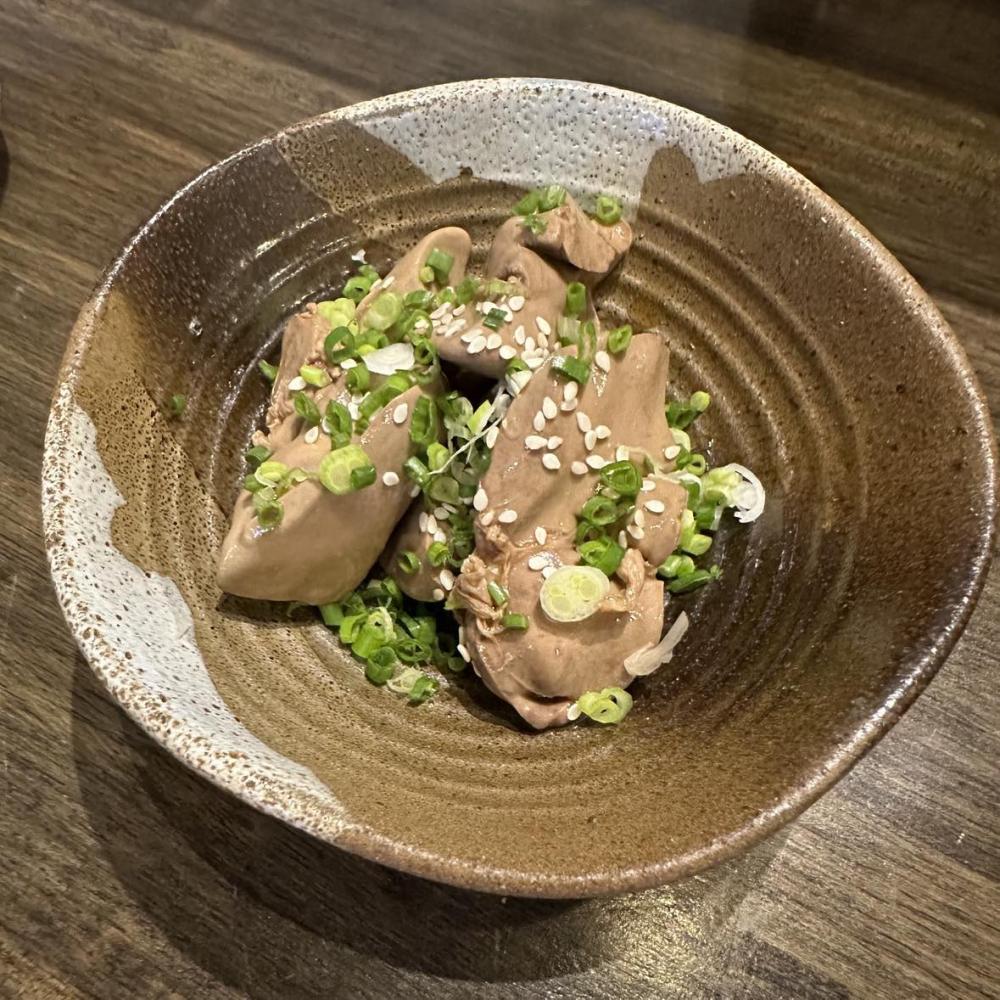

I was surprised by the variety of a la carte dishes and the amount of food.
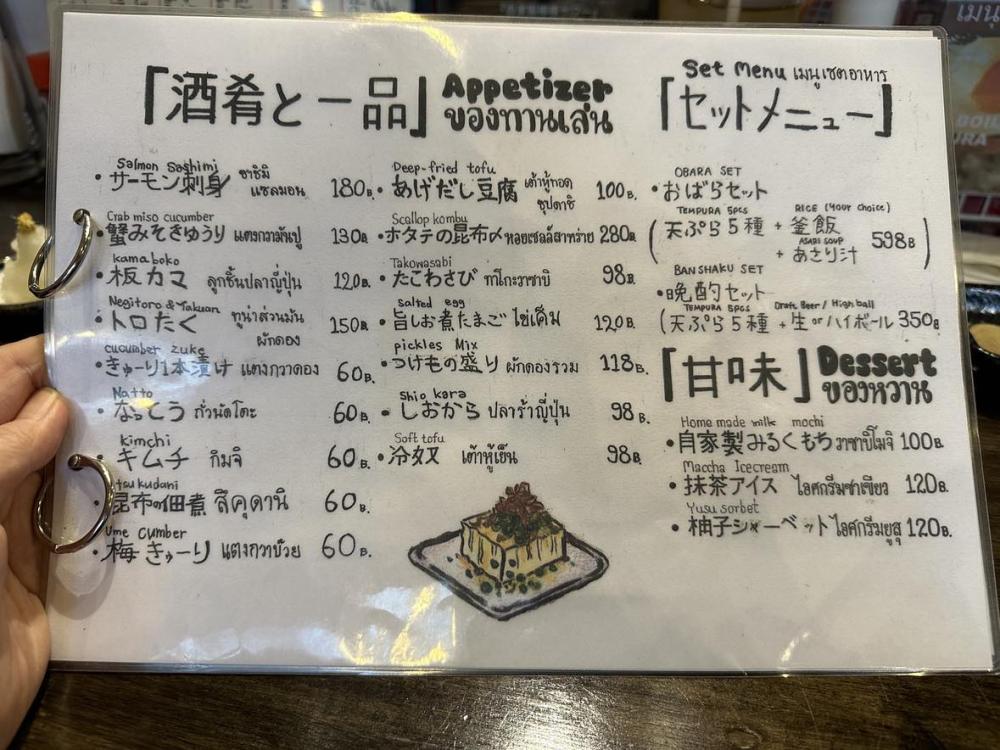

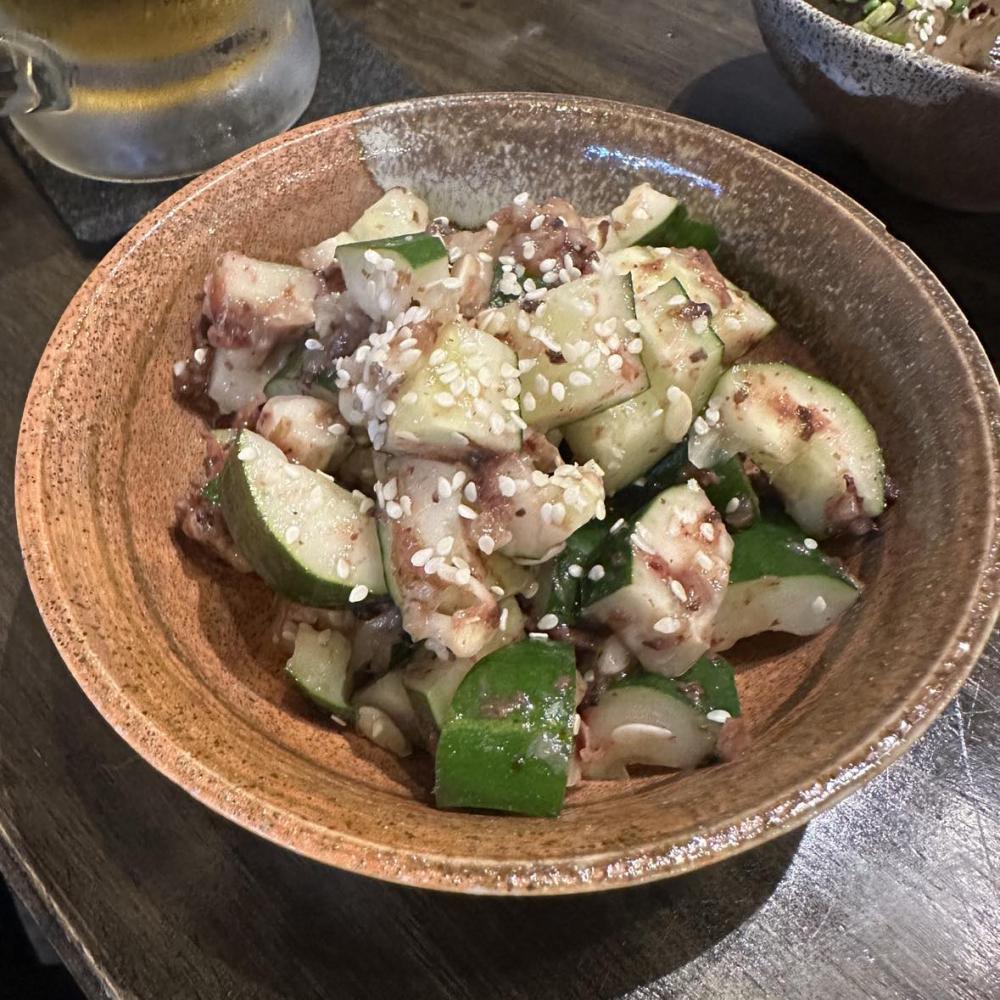

The tempura is fried one by one in front of us, according to our eating speed.
The batter is thin and light as it is Kansai style.
The vegetables are sweetened by frying.
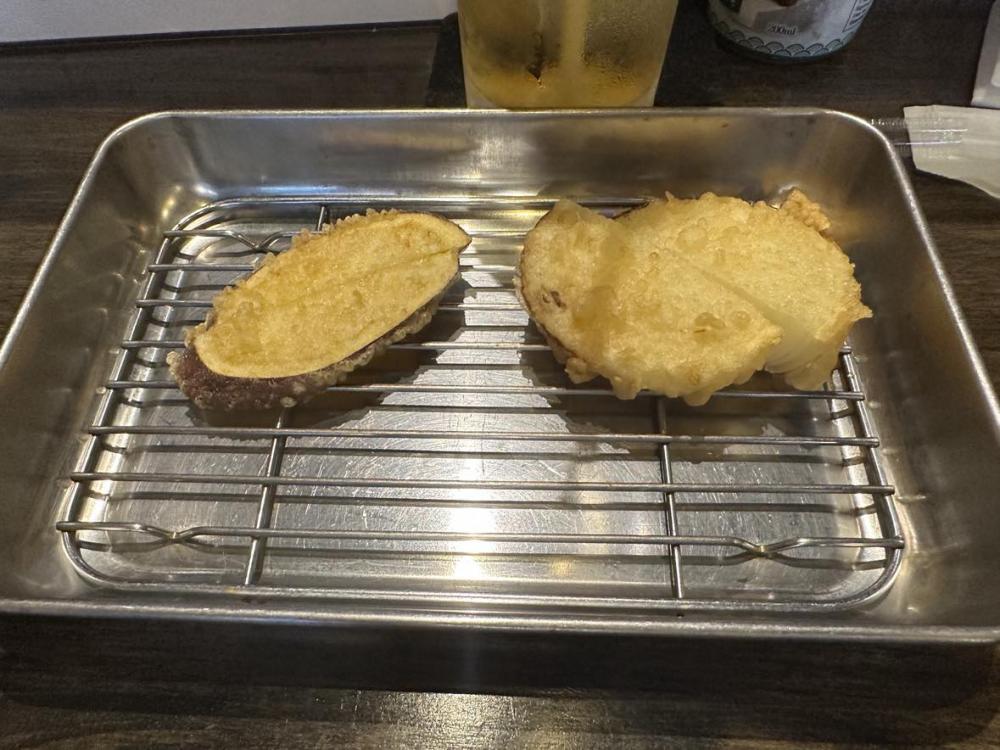

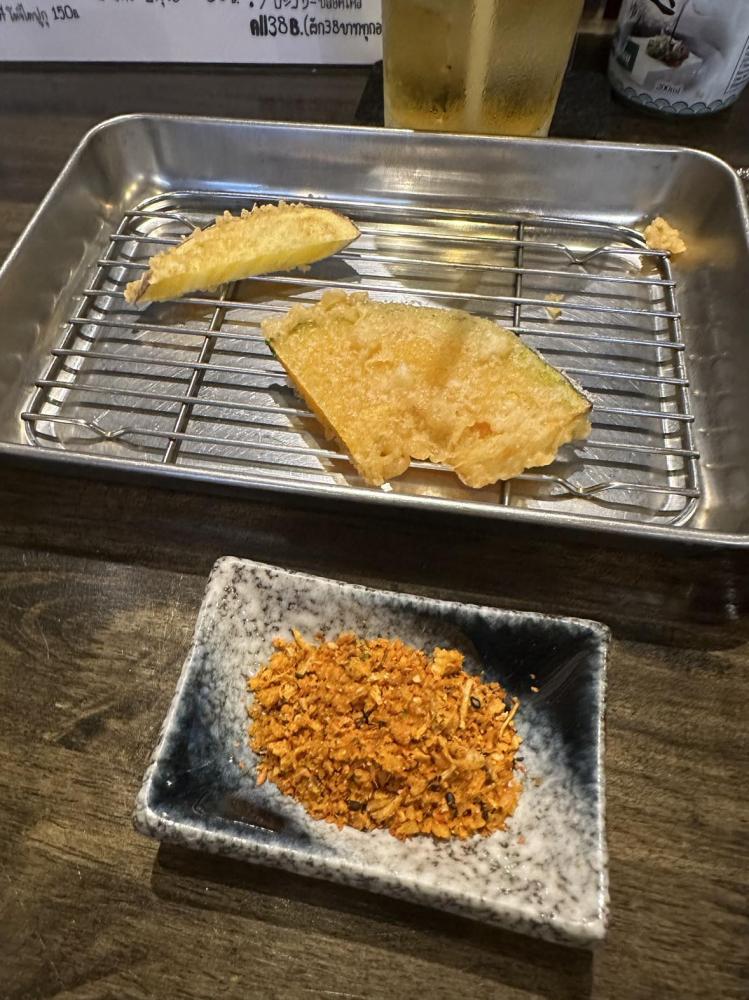




I want to eat Kansai-style tempura!
My husband, who was eager to try Kansai-style tempura, was also very satisfied.
He just kept eating.
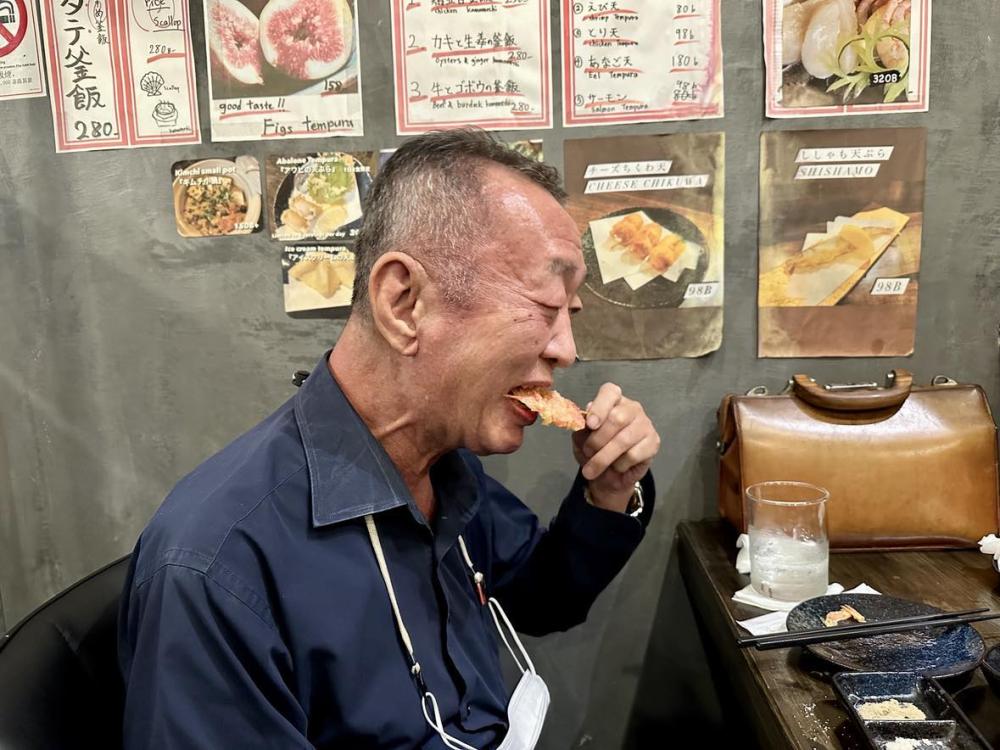

Tempura in Kansai is red ginger (called Beni-Shoga) and lotus root (called Renkon).
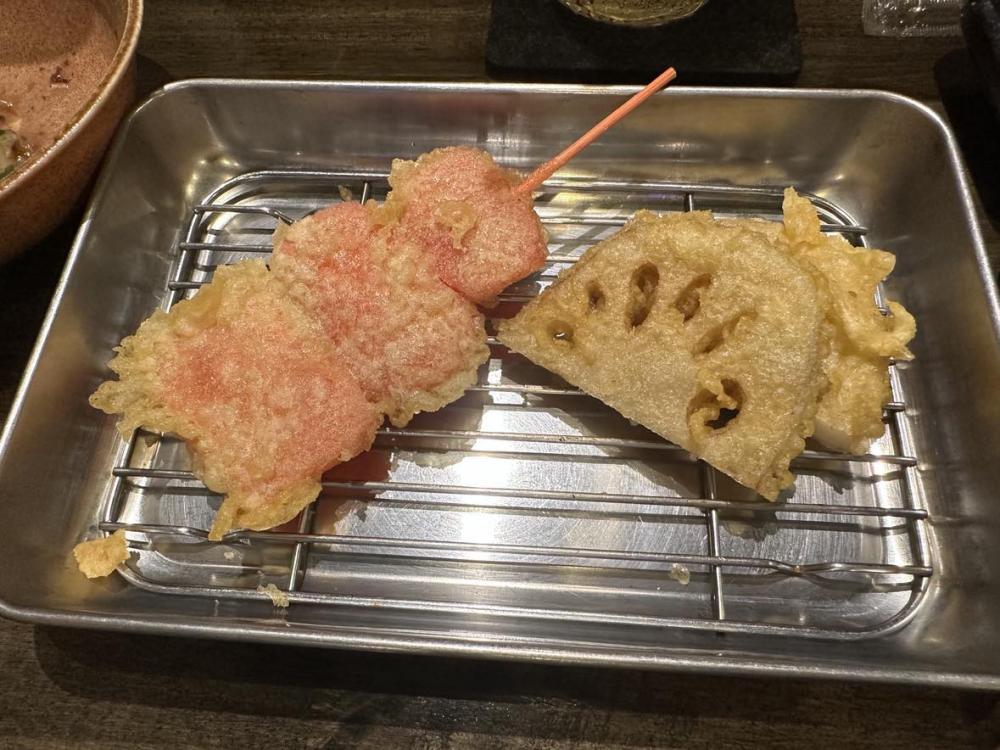

It has a unique texture.
They also had abalone tempura that day, so I ordered it.
It was not hard at all, but rather soft in texture.
The aroma of the sea spread in my mouth.
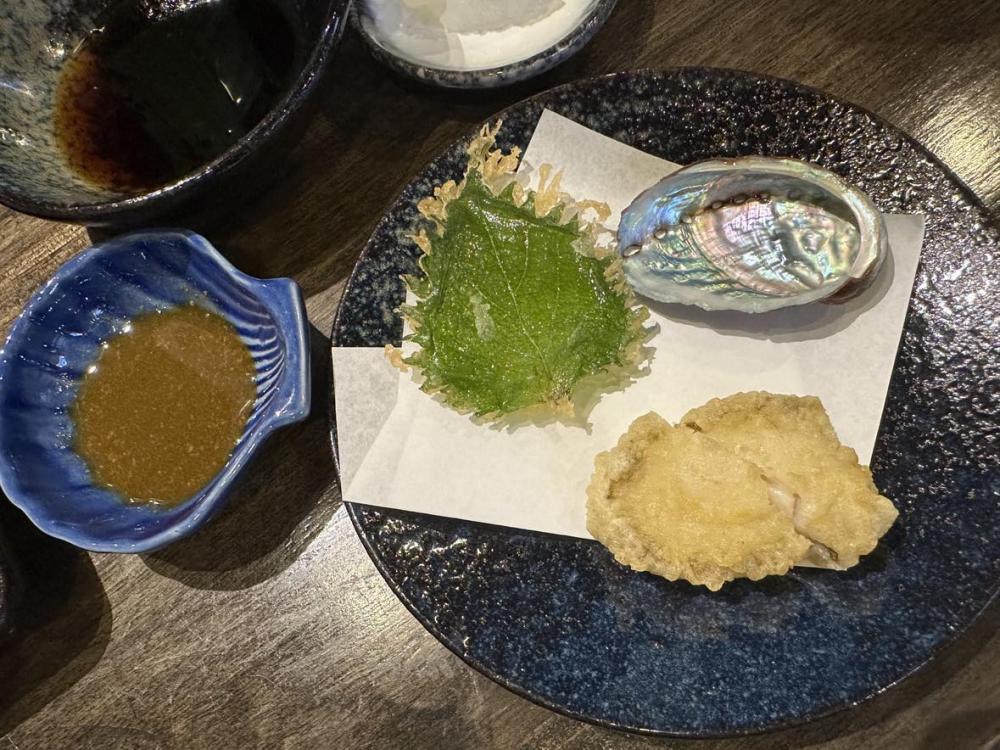

One of the restaurant’s customers
once ordered 10 abalone alone because they were so delicious.
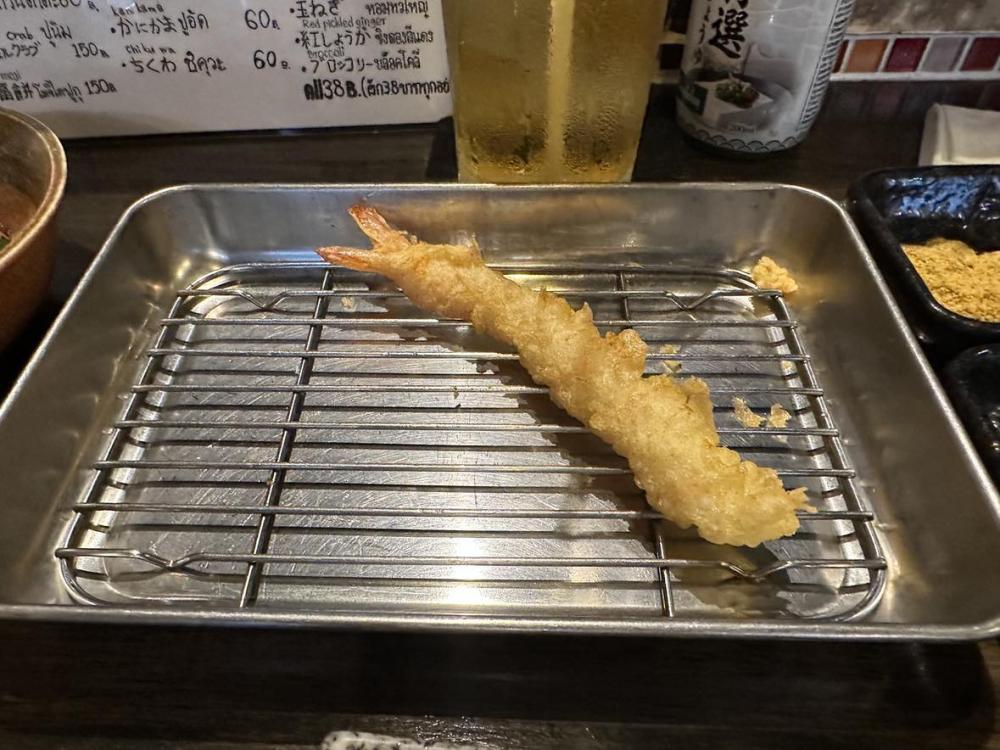

I was so busy eating that I forgot to take a picture,
but I ate about 10 kinds of food by myself.
As we said at the beginning, we enjoyed the tempura
and went home very satisfied, vowing to come back.
Cost and Value: Dining at Tempura to Kamameshi Obara
Tempura starts at 38 baht, which is quite reasonable
compared to other tempura restaurants in Bangkok.
Seafood and meat are also reasonably priced at under 200 baht.
Drinks are also reasonably priced.
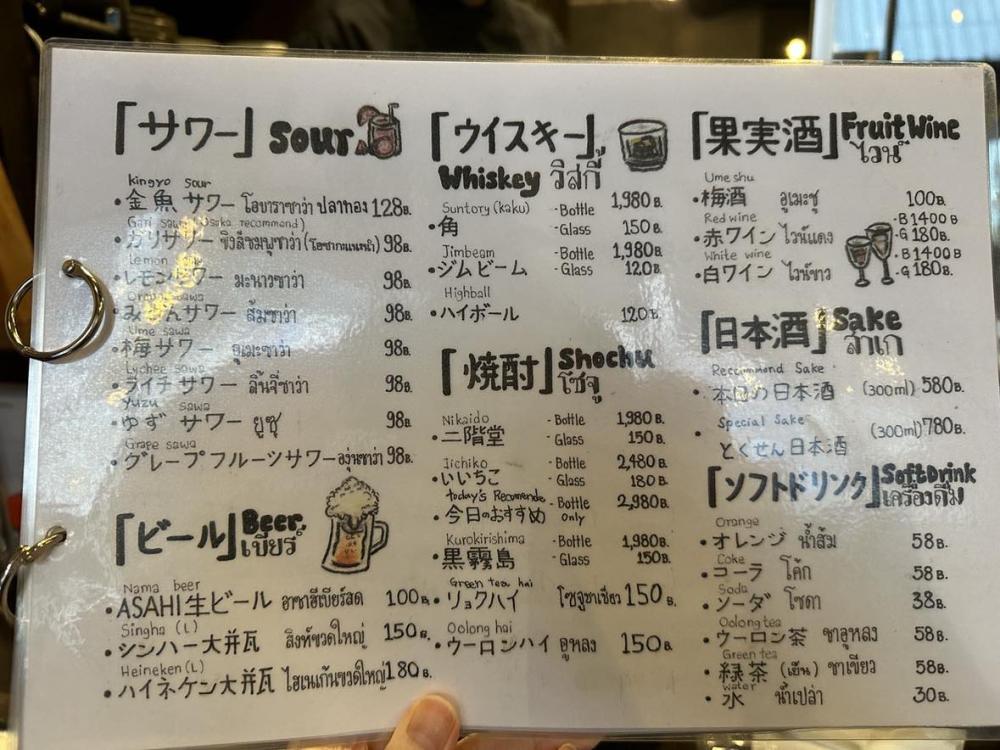

We were two couples and had two drinks,
two soft drinks and a full meal of tempura for 2,500 baht.
Pros and Cons of Dining at Tempura to Kamameshi Obara
What to Love About Tempura to Kamameshi Obara
Drawbacks of Tempura to Kamameshi Obara: What to Know
Tempura to Kamameshi Obara: Location and Hours of Operation
Address:26, 26 Sukhumvit 69 Alley, prakanong nuea Watthana, Bangkok 10110
Tuesday – Friday, 17:00 – 0:00
Saturday and Sunday, 11:30-15:00, 17:00-0:00
Kamameshi is not served during lunch on Saturday and Sunday.



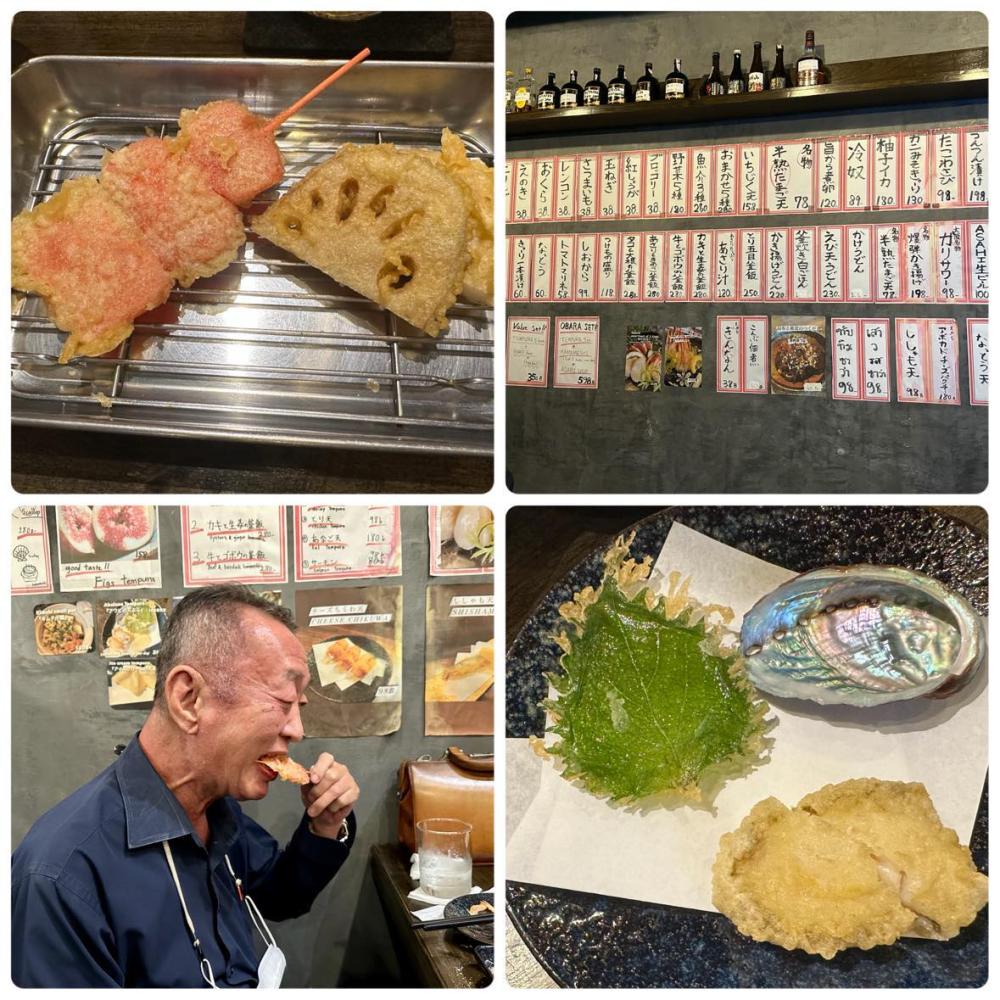
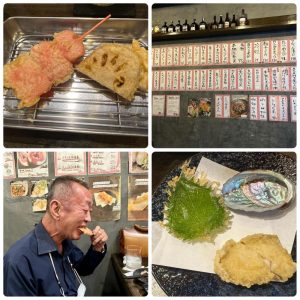
Please leave a comment if you like this article.